Melasma
What Is Melasma and What Causes It?
Melasma is a common form of hyperpigmentation. Specifically, Melasma causes dark blotches on the skin, often on the face. Melasma is far more common among women. In fact, it’s a roughly 10 to 1 ratio of women to men who are affected by melasma. Other names for melasma include chloasma and the “mask of pregnancy” due to the relative frequency of melasma among pregnant women.
The Symptoms of Melasma
The most common presentations of melasma are dark, brownish patches in the following places:
- Forehead
- Cheeks
- Bridge of the nose
- Chin
Interestingly, these patches or blotches are usually symmetrical, with similar darkened spots on opposite sides of the face. Melasma can also appear on the neck and forearms. Melasma doesn’t cause any physical harm, but some people are unhappy with the way it looks.
What’s the Difference Between Melasma and Hyperpigmentation?
Melasma is a specific type of hyperpigmentation that affects over 5 million Americans. Melasma is differentiated from other forms of hyperpigmentation by its cause. While most hyperpigmentation is sun-related, melasma is caused in part by hormone changes in the body. Melasma is found much more predominantly in women and is a common symptom of pregnancy.


Treatments Available At
Meg & Co.
LaseMD Ultra Skin Resurfacing
Our LaseMD Ultra treatment is capable of removing melasma and other types of hyperpigmentation! It can also simultaneously build more collagen in your skin, making it plumper, firmer, and younger-looking. Typically even one treatment will make a positive difference, but we recommend periodic treatments to maintain results.
Carbon Laser Facial
Carbon Laser Facials are the Hollywood skin treatment stars and starlets choose when preparing for galas and events. It helps to even out the tone of your skin and eliminates impurities that can lead to hyperpigmentation. This is great for fast results with no recovery time, as the Hollywood Spectra laser used for Carbon Laser Facials is exceptionally gentle on your skin.
Safety Considerations
LaseMD Ultra Skin Resurfacing: A resurfacing laser can trigger a flare-up if you’re already prone to acne or another facial skin problem. Consult with your dermatologist before trying a resurfacing laser if you’re prone to acne or facial skin problems.
Carbon Laser Facial: If you are taking or have taken Accutane, have a skin infection, have a significant skin disease like psoriasis, you’re taking anticoagulants, are pregnant, or undergoing chemotherapy, micro-needling is contraindicated. If you have a compromised immune system, your blood doesn’t clot, or you have difficulty healing from minor, superficial skin damage, micro-needling is not a good choice for you. Be sure to protect your skin for several days after treatment with sunscreen, and avoid wearing makeup for at least 24 hours after treatment to allow your skin to recover.
Maximizing Results
Be sure to protect your skin for several days after treatment with sunscreen, and avoid wearing makeup for at least 24 hours after treatment to allow your skin to recover. Carbon Laser Facial and LaseMD Ultra will need an initial session followed by maintenance sessions to achieve the best results.
FAQ
What are some common causes of Melasma?
- Sunlight- When sunlight hits the skin, it triggers the body to produce more melanin.
- Pregnancy- An increase in the hormones progesterone and estrogen can cause melasma during pregnancy.
- Medication- Some medications, such as anti-seizure medication, birth control pills, and medications that cause skin sensitivity, can trigger melasma in some individuals.
- Tanning beds- Tanning beds produce stronger UV rays than sunlight. When you expose your skin to UV light, it triggers the body to produce more pigment. Sometimes this pigment appears unevenly, causing the blotchy patches and freckle-like spots of melasma.
- Thyroid disease– If your thyroid gland develops a problem, this may increase your risk of developing melasma.
How many treatments do I need to deal with my Melasma?
To achieve the best results with the LaseMD Ultra Skin Resurfacing and Carbon Laser Facial, we recommend completing 3 treatments ,each 3-5 weeks apart.
After the initial round of treatments to achieve your desired results, you may need occasional touch-up treatments for maintenance.
What’s the difference between Melasma and Hyperpigmentation?
Melasma is a specific type of hyperpigmentation. Melasma is differentiated from other forms of hyperpigmentation by its cause. While most hyperpigmentation is sun-related, melasma is caused in part by hormone changes in the body. Melasma is found much more predominantly in women and is a common symptom of pregnancy.
